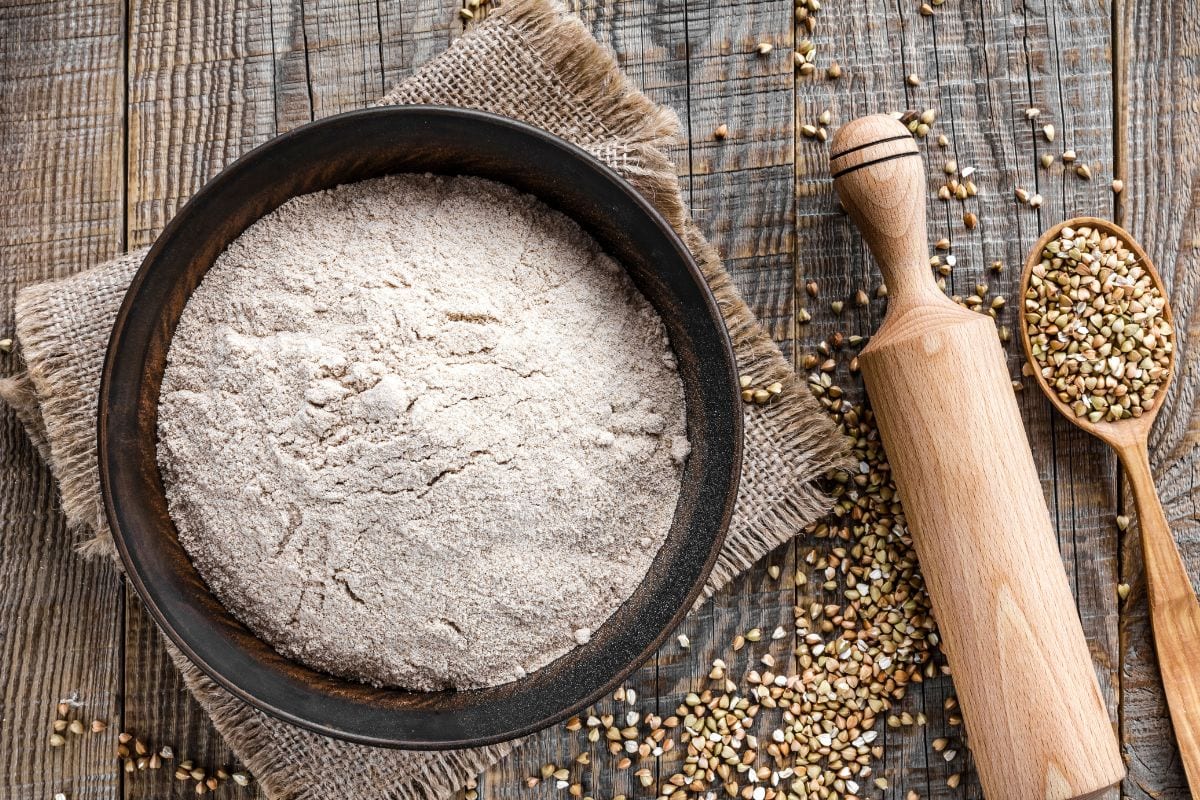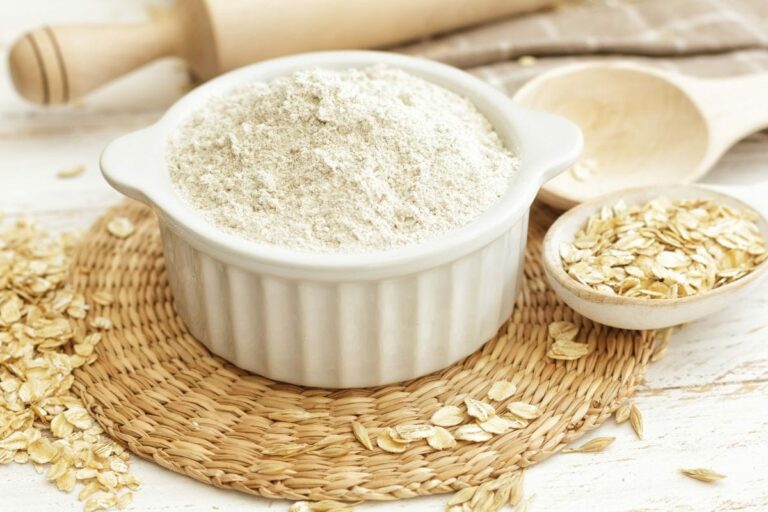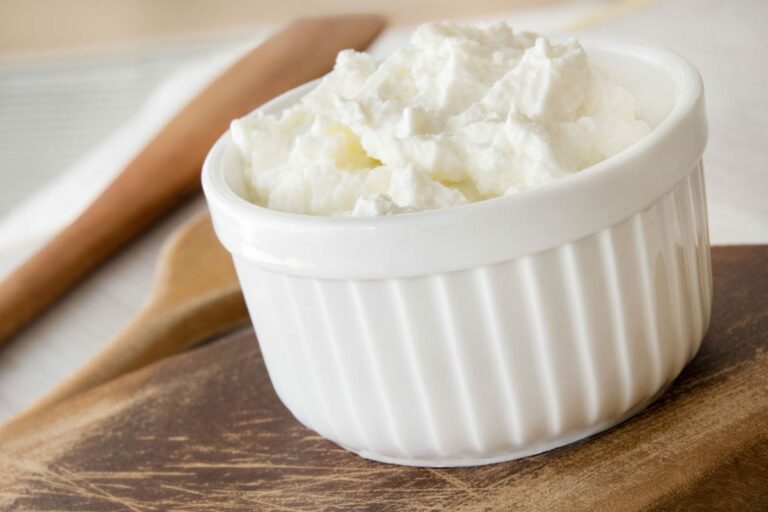Mix It Up: These Buckwheat Flour Substitutes Will Take Your Baked Goods to the Next Level!
Buckwheat flour is a wonderful ingredient that is used in kitchens all around the world. The flavor alone makes it stand out from other flours – it’s nutty, bitter, and gently sweet all in one. It’s used as part of gluten-free baking, quite often, as well as in the process of making Japanese soba noodles.
It’s hard to select any one flour that’s ideal as a permanent replacement for Buckwheat flour in your kitchen – there are a few that will work well in different recipes and applications. In this article, we’re going to run through some of the best substitutes, and let you know when you ought to use them in your kitchen.
1.Spelt Flour
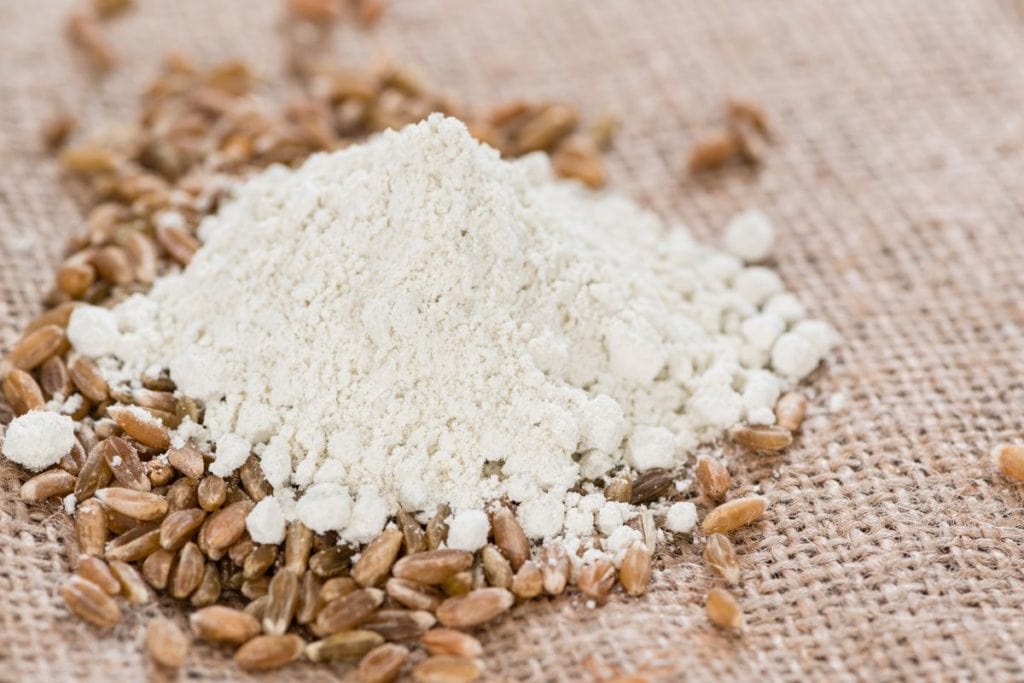
Spelt flour is something that you’ve likely heard of but never used before. Spelt is an ancient grain, meaning that it’s got a positive and a negative. On the one hand, there’s a long history of using it to make delicious food. On the other hand, though, spelt grains do contain gluten, meaning that it might not be perfect for people using buckwheat thanks to its gluten-free properties.
The reason we’re placing spelt flour so highly on the list is that it’s perhaps the closest to buckwheat flour that you can get based solely on flavor. The two are almost indistinguishable, even among practiced bakers.
The gluten content makes this a great option for making bread that has the buckwheat flavor as well as the gluten required for good strength and chewiness in the dough.
2.Whole Wheat Flour
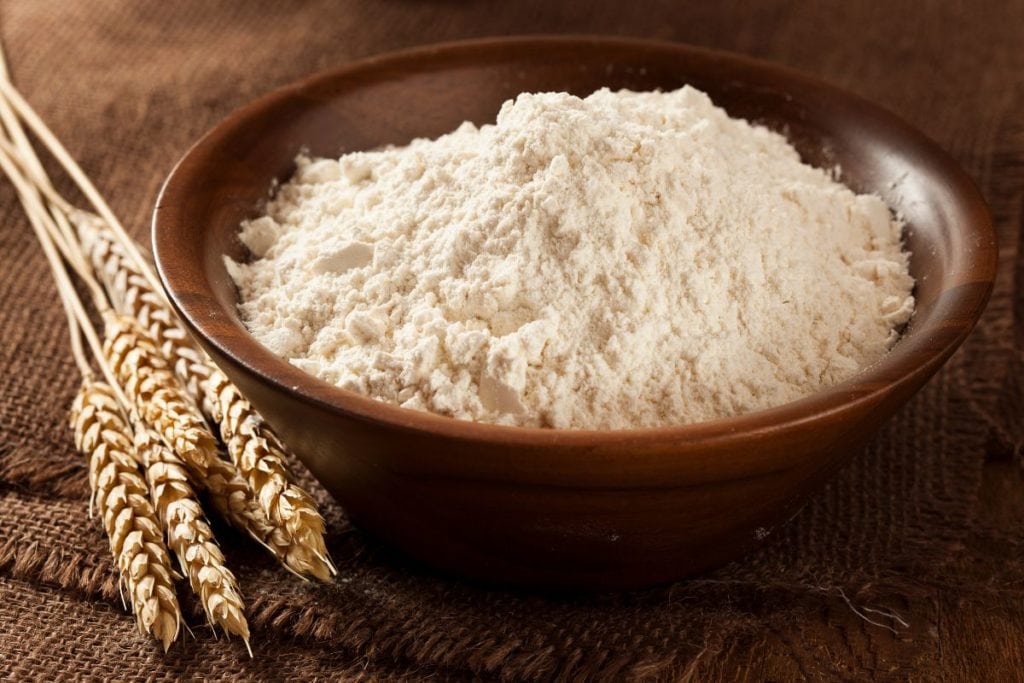
Now, this option does stray quite far from the main tenets of buckwheat, but it’s perhaps the greatest baking flour out there. The reason that we make those assertions is that this flour contains gluten, and doesn’t really taste like buckwheat. However, it’s exceptionally easy to work with and is so cheap and accessible that you’ve likely already got a bag in your kitchen.
Wheat flour, whether white or whole wheat, will work to make bread better than other, non-gluten flours will. For that reason, this is another flour that we would have to recommend as a substitute in bread making, though only if you can eat gluten, of course.
3.Quinoa Flour
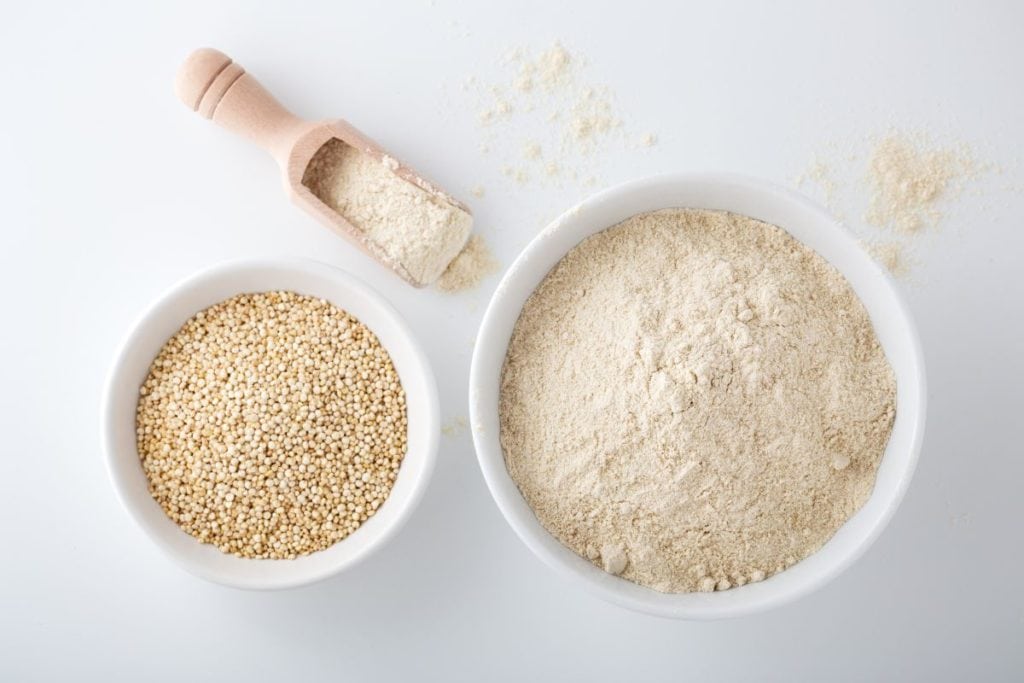
Quinoa flour is the first gluten-free option on our list, and it’s up that high because it’s exceptionally easy to track down, or even make yourself. It’s precisely what it sounds like – a flour made from the hard grains of quinoa that you may well have some experience with. For this reason, you can actually make quinoa flour yourself. Using a well-cleaned coffee grinder, you can grind quinoa down to a fine powder, and use that in place of flour.
The main difference between quinoa flour and buckwheat flour is its flavor. Quinoa flour tastes earthy and grassy and isn’t particularly sweet. This is a principal difference between quinoa flour and buckwheat flour since buckwheat flour’s sweetness is one of its most recognizable features.
Quinoa flour is most often used in gluten-free baking recipes since it contains no gluten. In a number of non-gluten-free recipes, it’s combined with other flours to generate the ideal texture. For that reason, it may be best to opt for a recipe containing gluten flour to generate a baked good with a lighter, yet still chewy, texture.
4.Oat Flour
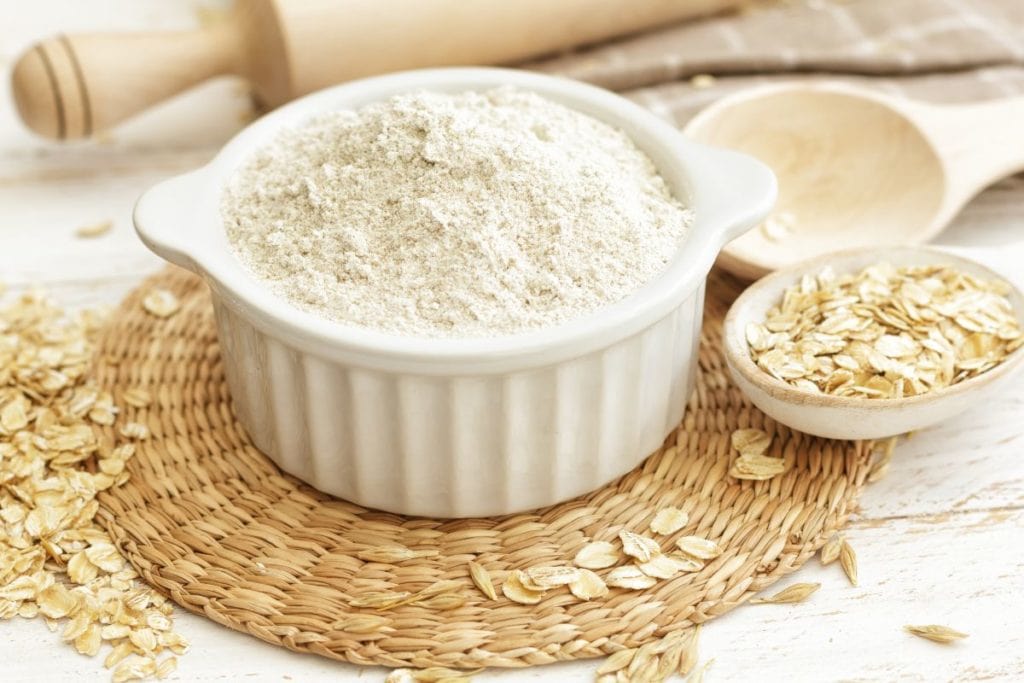
Oat flour is, unsurprisingly, made from finely ground oats. It can be found in a range of different grocery and health food stores, or you can make it in your home with a blender or food processor.
Oat flour is a brilliantly good substitute for buckwheat flour! The flavor itself isn’t similar, but it’s not dissimilar, either. It has a smooth, mild flavor that’s not particularly intense, and is unlikely to change the overall flavor of anything made with it.
Also, oat flour is entirely gluten-free, meaning that it won’t bring gluten to any dish if that’s something that you’re concerned about. To that end, it makes a very convenient substitute for buckwheat flour.
Oat flour can be used in equal quantities to buckwheat flour, but the texture tends to be softer and spongier. This is because there is less fiber in oat flour. For this reason, oat flour is commonly best used for cakes and muffins – these bakes are often considered better when they’re softer and fluffier.
5.Sorghum Flour
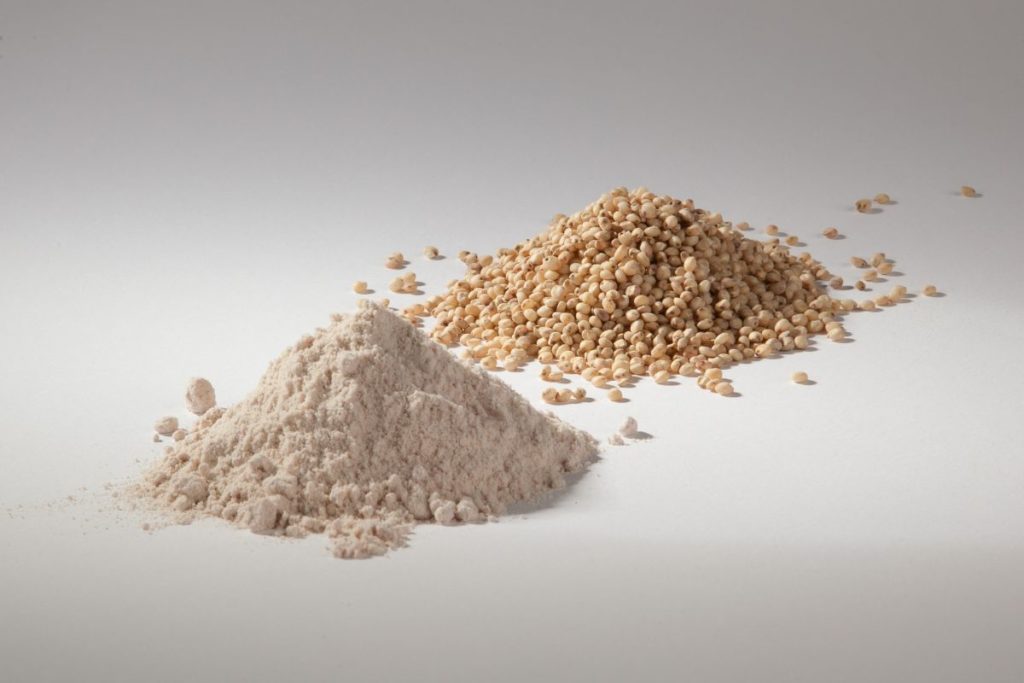
Sorghum flour is yet another gluten-free option that we’re happy to include on the list. The flavor is also similar to buckwheat since it’s a similar grain. It is slightly nutty and sweet overall, meaning that the buckwheat flavor can be replicated to some small degree.
Sorghum is really great for cookies and pancakes since those bakes are prized for their ability to be light, delicate, and crumbly. This does mean that sorghum flour is considered not to be a favorite for cakes and bread, since the resulting bake is typically very, very crumbly. To avoid this crumbliness in bakes going forward, you can use binders like eggs or xanthan gum, though this choice is down to the baker.
6.Brown Rice Flour
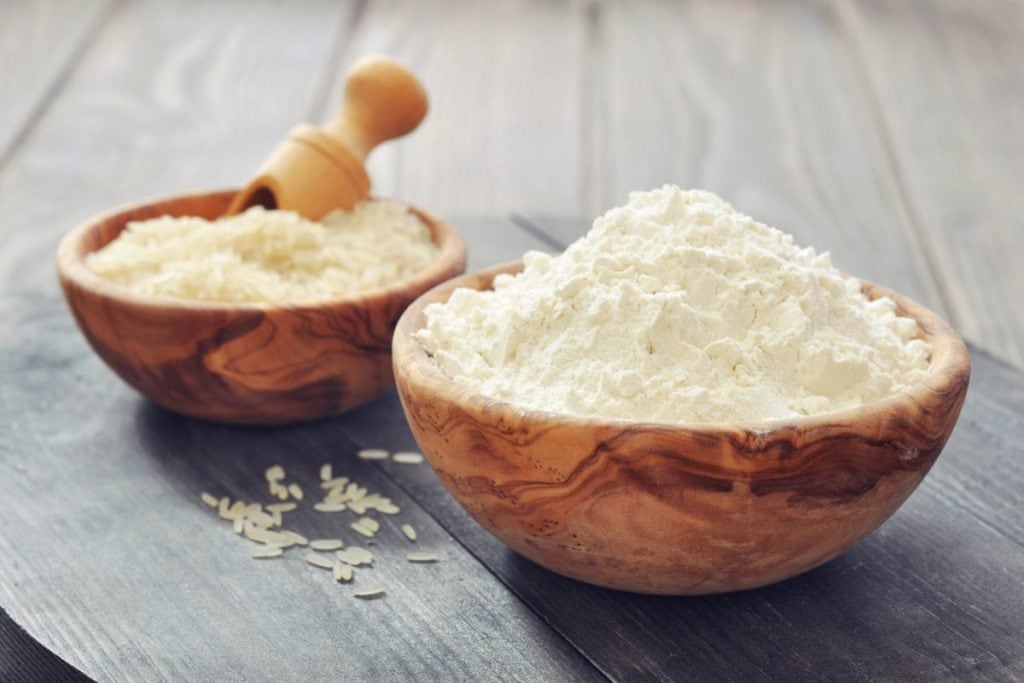
Brown rice flour is, of course, made from brown rice that has been ground to an exceptionally fine consistency. The flavor of this rice is a little nutty, though the flavor itself isn’t anywhere near as pronounced or intense as that of buckwheat.
Rice flour of any type is often used as a thickener for soup or sauces. It can also work really well when baking or making pasta. When it is used for baking, brown rice flour can tend to result in exceptionally dense, heavy bakes. To that end, it may be best paired with a lighter flour such as sorghum to generate the ideal final consistency.
With all of those flours visited and discussed, you’d be forgiven for thinking that we’d managed to mention every single option out there. We haven’t, of course, but if you’re looking for the best option in this batch, we’d likely suggest oat flour. It can be used for anything you might use buckwheat flour for, with a similar flavor and a lack of gluten. There is a small textural difference, but it’s so small that you may not even notice.
We hope that this list has enabled you to select the perfect buckwheat substitute for your kitchen.
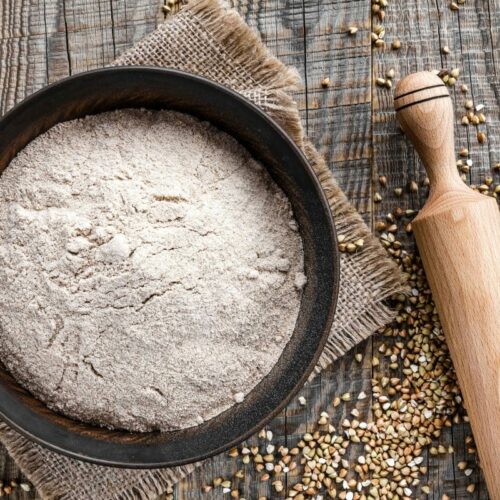
6 Best Substitute for Buckwheat Flour
Ingredients
- Spelt Flour
- Whole Wheat Flour
- Quinoa Flour
- Oat Flour
- Sorghum Flour
- Brown Rice Flour
Instructions
- From the list of substitutes above, pick your favorite to use in its place.
- Use your imagination and be creative with these substitute recipes!

